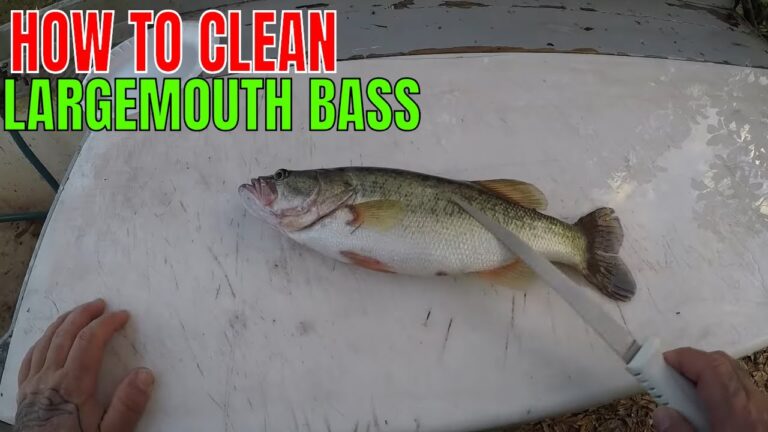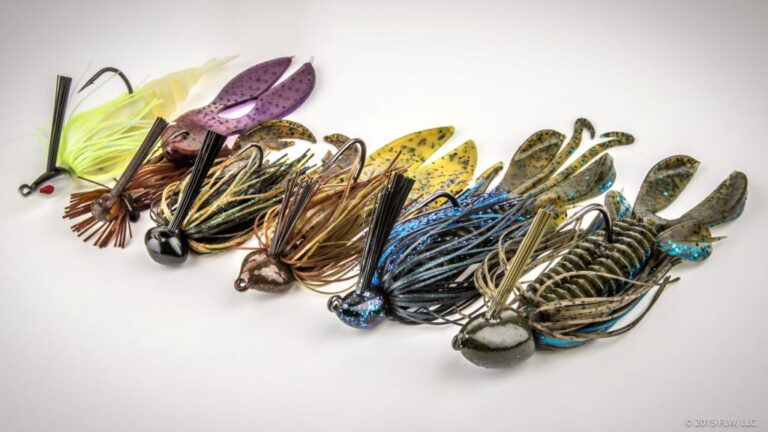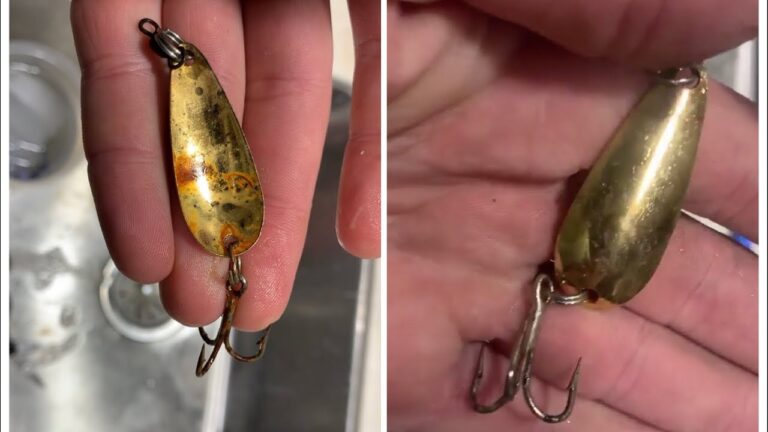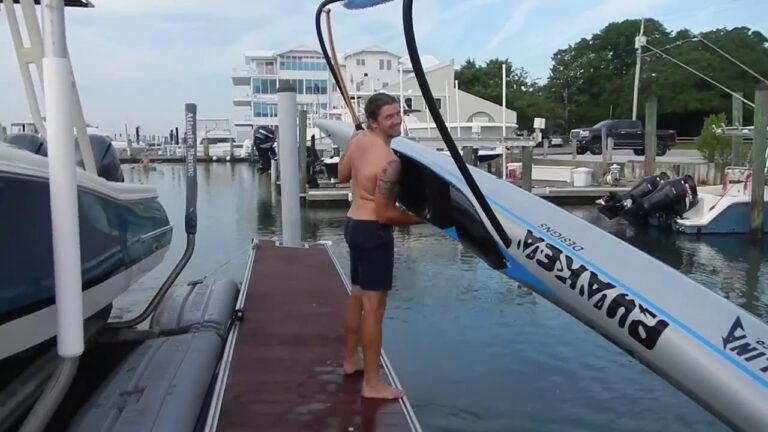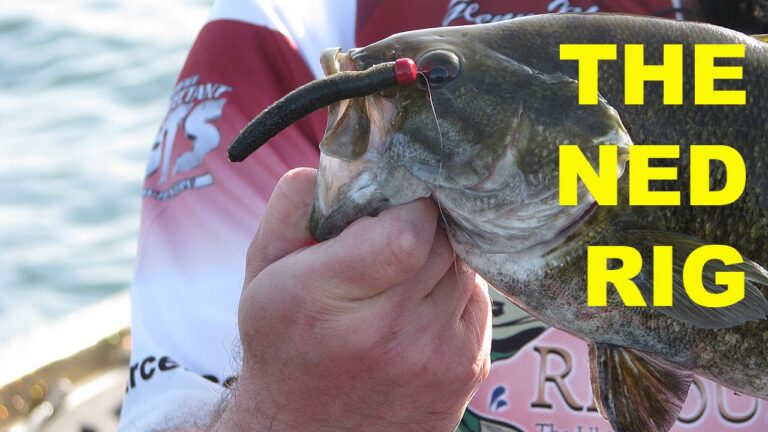How to Walk the Dog Fishing

To walk the dog while fishing, practice a steady twitching motion while reeling in the slack. Each bait will have a specific twitch length that produces the best walking action.
Maintain a rhythm and cadence to create a smooth motion for your bait. Additionally, hold your rod tip just above the water’s surface and use a downward angled wrist motion to achieve the desired effect. This technique is commonly used for topwater lure fishing and imitates a wounded baitfish.
Mastering the walk the dog retrieve can be challenging, but with practice and proper technique, you can achieve great results.
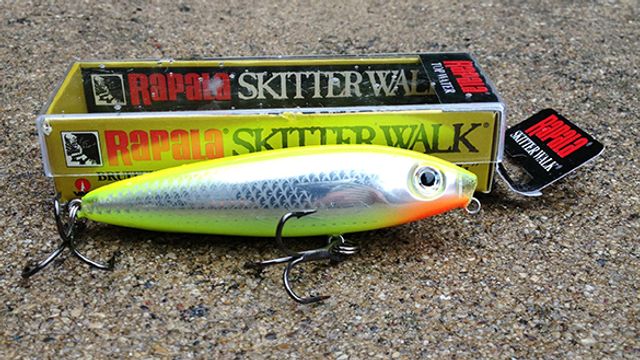
Credit: shopkarls.com
What Is ‘walk The Dog’ Fishing?
Fishing is a popular outdoor activity, and ‘Walk the Dog’ fishing is gaining increasing popularity among fishing enthusiasts. In this technique, the angler uses a topwater lure and skillfully mimics the movement of a wounded baitfish. The lure moves from side to side in a zigzag pattern, creating an enticing and natural-looking presentation that attracts predatory fish. This technique is particularly effective for targeting species such as largemouth bass and stripers, making it a favorite among anglers. The ‘Walk the Dog’ retrieve requires practice and mastery of the cadence and twitching motions to achieve the desired lure action. With the right technique and lure selection, anglers can experience exciting topwater strikes and memorable fishing experiences.

Credit: www.onthewater.com
Techniques For ‘walk The Dog’ Fishing
When it comes to ‘Walk the Dog’ fishing, choosing the right lure is crucial. You want a bait that can imitate a wounded baitfish and create a side-to-side walking motion. Mastering the twitch and reel technique is key. Start by twitching the rod tip downward with a semi-slack line, causing the lure to sashay to one side. It’s all in the wrist. Understanding the cadence is also important. Each bait has a specific twitch length that will make it walk best. Practice a steady rhythm of twitch and reel, finding the right motion that makes your bait walk effortlessly. Lastly, variations in rod selection can affect the success of your ‘Walk the Dog’ fishing. Consider factors like the type of fish you’re targeting and the weight of the lure when choosing your fishing rod.
Tips And Tricks For Effective ‘walk The Dog’ Fishing
Tips and Tricks for Effective ‘Walk the Dog’ Fishing:
Maintaining the Correct Rod Position: Always hold your rod tip down just above the surface of the water and twitch with a downward angled motion.
Finding the Right Twitch Length: Practice a cadence and steadily twitch while reeling in the slack. Each bait will have a specific twitch length that will make it walk best.
Adding Pauses for Triggering Strikes: In between the twitch, make sure to reel in the slack. So twitch, reel, twitch, reel, twitch, reel. Once you get a nice motion going and a good rhythm, your bait will walk.
Adapting to Different Conditions: Topwater lure fishing is a favorite technique among most anglers. Walking the dog retrieve imitates a wounded baitfish. Use a straight retrieve or vary your speed to adapt to the conditions.
Best Lures For ‘walk The Dog’ Fishing
In ‘Walk the Dog’ fishing, using the right lures is crucial. Topwater lures for bass fishing are effective, with options like poppers, prop baits, or soft plastic frog lures. When targeting saltwater species, consider using larger topwater lures with strong treble hooks. Customizing and creating ‘Walk the Dog’ lures allows anglers to experiment with different colors, sizes, and actions to match their local fishing conditions. This innovation can lead to personalized bait solutions, giving anglers an edge in their fishing endeavors.
Common Challenges And Solutions In ‘walk The Dog’ Fishing
Discover the common challenges and effective solutions for mastering the ‘walk the dog’ fishing technique. Learn how to properly twitch your bait and reel in the slack to achieve the desired side-to-side motion. Practice a consistent cadence and find the optimal length of twitch for each bait to achieve the best results.
| Common Challenges and Solutions in ‘Walk the Dog’ Fishing |
|---|
| Dealing with Line Twists and Tangles |
| Line twists and tangles can be frustrating when trying to master the ‘walk the dog’ technique. To prevent line twists, ensure that the line is properly spooled on the reel. Regularly inspect the line for any signs of wear and replace it if necessary. When casting, avoid making sudden stops or jerking motions, as this can cause the line to twist. To untangle a twisted line, carefully reel it in and follow the twists with your fingers to straighten it out. |
| Adjusting to Changing Water Conditions |
| Changing water conditions can affect the success of the ‘walk the dog’ technique. Pay attention to water temperature, clarity, and the presence of vegetation. In warmer water, fish tend to be more active and may respond better to a faster retrieve. In clear water, use more natural-colored lures to mimic prey. When fishing in weedy areas, choose lures with weedless hooks to avoid snagging. Experiment with different retrieves and adapt to the conditions for optimal results. |
| Handling Different Species’ Behavior |
| Each species of fish may exhibit different behavior when it comes to the ‘walk the dog’ technique. Observe the feeding patterns and preferences of the target species. Some species may prefer a faster retrieve, while others may respond better to a slower, more realistic presentation. Research and understand the behavior of the species you are targeting to increase your chances of success. |
| Troubleshooting Issues with Lure Presentation |
| Proper lure presentation is crucial for successful ‘walk the dog’ fishing. Ensure that your lure is rigged correctly and balanced properly. If the lure is off balance, it may not walk effectively. Experiment with different retrieve speeds and rod movements to find the right combination. If the lure is not walking properly, try adjusting the angle of the rod tip or the rate of reel handle turns. Keep practicing and experimenting until you achieve the desired lure action. |

Credit: www.fix.com
Frequently Asked Questions On How To Walk The Dog Fishing
How Do You Walk A Walking Bait?
To walk a walking bait, twitch the rod while reeling in slack, creating a side-to-side motion. Practice a steady cadence and reel with a slight downward angle for best results. Each bait requires a specific twitch length for optimal movement.
What Is A Walk The Dog Bait?
A walk the dog bait is a type of topwater lure that imitates a wounded baitfish. It is designed to move side to side with a twitching motion when retrieved. To walk the dog, you need to twitch the bait while reeling in the slack line.
Practice a steady cadence to achieve the desired action. These baits are popular among anglers who enjoy topwater lure fishing.
How Do You Walk A Spook?
To walk a spook, twitch the rod while reeling in slack to create a side-to-side motion. Find the right twitch length for the bait to make it walk best. Practice a steady rhythm and cadence. Keep the rod tip down and twitch with a downward angled motion.
What Is A Walk The Dog Retrieve?
A walk the dog retrieve is when you jerk the bait to make it move side to side. It imitates a wounded baitfish, attracting fish.
Conclusion
Mastering the art of “walking the dog” fishing technique takes practice and patience. By understanding the right cadence and twitching motion, you can effectively mimic a wounded baitfish, luring in your targeted catch. Remember to adjust your twitch length for optimal results and observe the motion that suits each bait best.
Happy fishing!
